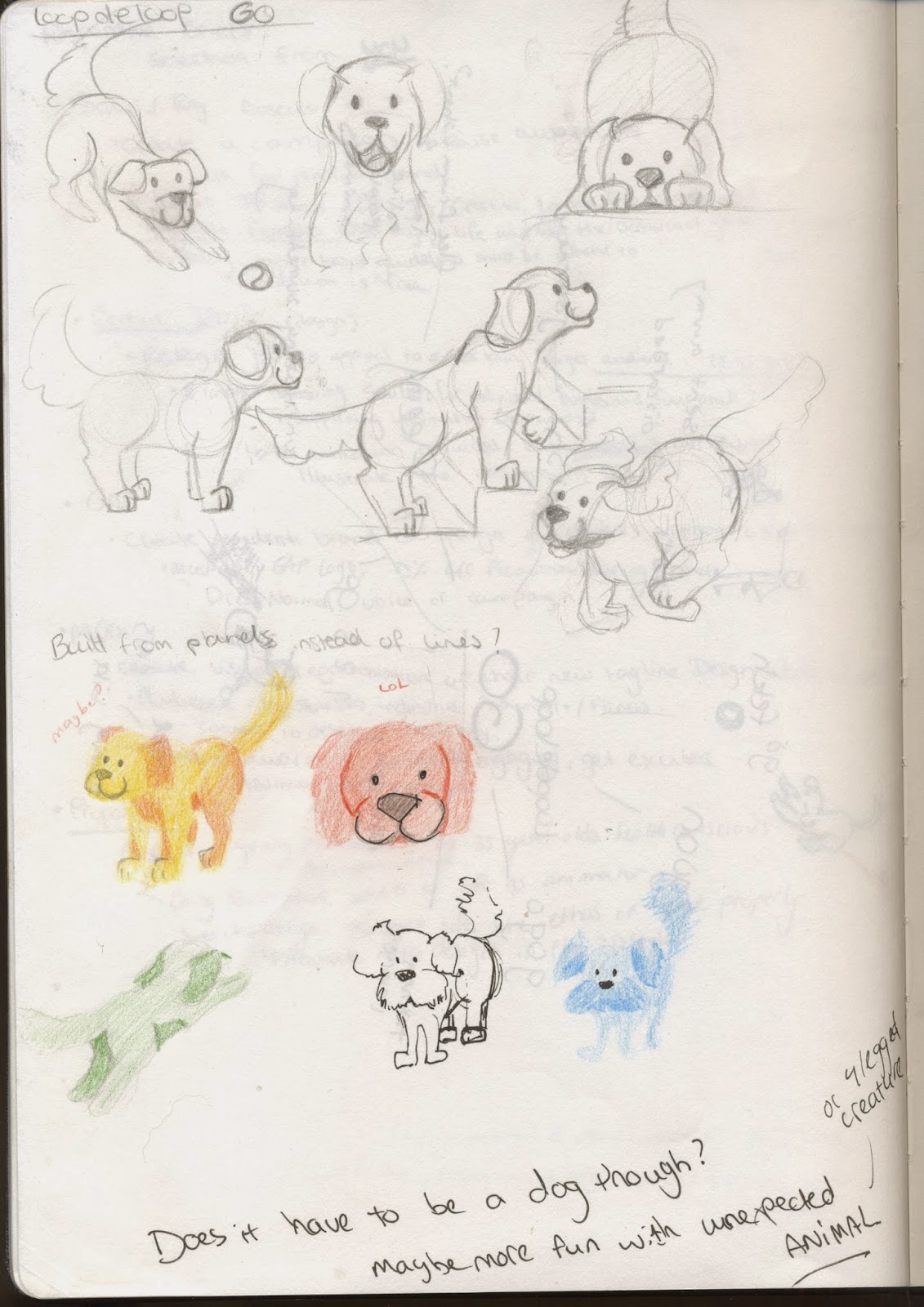Below I'll post my notes from this talk of Mark Shapiro.
Mark Shapiro works at Laika studios, which already created 3 well known feature films to date, Coraline (2009), Paranorman (2012) and the Boxtrolls (2014).
Mark works in the marketing department of the studio. Laika always uses a bit of behind the scenes footage when promoting a new film. This footage is part of a marketing, one might say. In the teaser for the Boxtrolls they specifically kept mentioning that the film is created by hand, with puppets, and everything is stop motion. To illustrate this the behind the scenes footage was used.
Lead characters in the film each had about 30 puppets. This way they could shoot scenes simultaneously and use different puppets for costume changes. Different puppets of the same character were also made to serve different purposes. For example: the Boxtrolls all wear a box and enter them sometimes, but the puppets are too big and complex to fit into the box. For these scenes they created different puppets of the troll with only limbs, so they could mimic the troll going into his box.

There are around 400 workers in the team, 10 of which are animators, the rest consists of all other kinds of departments, like puppet designers, hair department, clothing department, etc. Even though they promote to have created everything by hand (which is true for the most part), because this film asks for lots of crowds, most part of those crowds are composited on the computer. Sometimes painted backgrounds were used as well. Seam and rig removal was also done digitally. (the seams on the faces and the animation rigs)
Everything is asymmetrical in design, there is no straight line, it's all at an angle.
This film was a tall production, it asked for many tall sets and many, many props. In the film they used both replacement faces as well as mechanical faces. Faces are printed from special 3D colour printers, this gave a theatrical look to the puppets in this production, as opposed to Paranorman (other kind of 3D colour printer) and Coraline (Black and white printed and hand painted.) Mechanical faces were used for characters that didn't have much screentime, or didn't require much animation in the face (for they had no lines for example).
The film was shot what Canon 5D cameras, using natural lights and shadows in outdoor scenes and practical light in dark indoor scenes. It was shot 24 frames per second with 2 cameras at the same time to produce it in 3D as well. Animatable hair, as well as clothing contains wires. Hair that was not to be animated were printed solid. If it had to move for some reason (for example pulling on a moustache), they printed multiple of the face with the changing moustache, just like normal replacement faces.
A lot of different people from all the departments came from interesting backgrounds that didn't necessarily had to do with film production and animation. The ladies from hair department had a background in jewellery, set designers/producers had a theater background, etc. A lot of the departments work at the same scenes at the same time: for example puppet, prop, green, hair and clothing. (probably some more but he didn't tell, grrrr)
The mecha/megadrill was the biggest puppet they have worked with. It was a tad bit shorter than a grown man. The fire in the drill was an app on an ipad they had placed in the grill, instead of printed fire like in Coraline. Another hard part to animate (besides fire) was water: There's a scene where Eggs is in the sewers. They animated the water in the sewers by using a glass shower door with texture and placing movable lights beneath it. Moving the lights while filming made it look like the water was moving instead.
What is important during the creation of a puppet film is that a stable temperature is required. The temperature has an influence on the puppets and props (expansion/shrinking). Further the character designs and storyboard took 4 years to create.

Every now and then he showed a film as well of the behind the scenes footage, and the BTS footage they used to promote with. After this there was time for questions, and I felt I should try and speak up for once (heart thumping in my throat, afraid to fuck up.) I've always been curious how big productions like these managed to contain an universal style throughout the film, for when we created a stop motion short last year, there was a visible difference (at least to us) between different shots that were animated by either me, or two of my other group mates (we were a group of four, one was the "director" doing everything behind the camera, and us three were animating). So my question was "how do all the animators get on the same line to create the same style of animation throughout the film, for there are quite the few animators and everybody of course has his/her own style. How do you achieve the universal style?" In which he replied (in short) that a lot of the animators have been working since the start of Laika, so they've been working together for more productions already. Production is slow, so through the years the animators developed a common style. Directors also point out characters to certain animators because their distinctive style fits the character.
I really loved the talk, It's always really nice to take a look behind the scenes. I often watch lots of old behind the scenes footages from films to get me motivated, so a detailed talk like this was certainly something. (Even though I have no wishes now to create stop motion films, I really like the process.)






























































